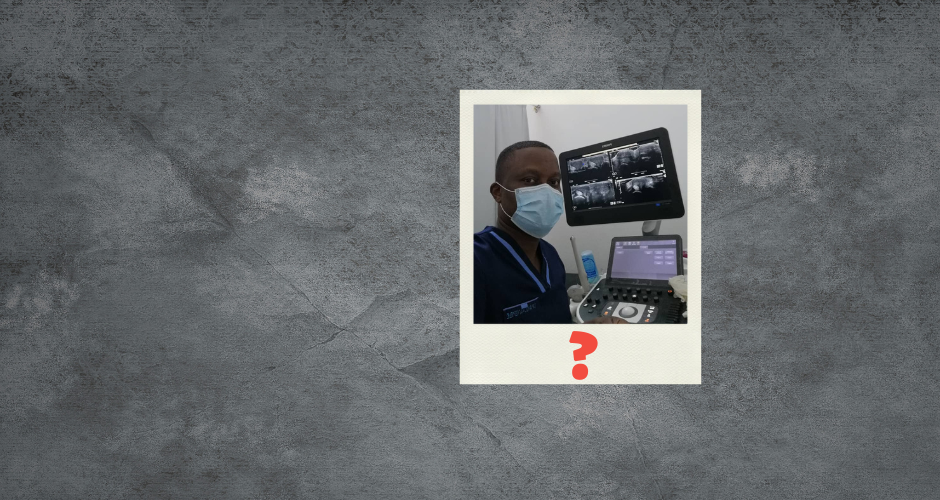Choosing the Best Radiology Teaching Platform: Key Features to Consider

Selecting the right radiology teaching platform can be a game-changer for educators and learners alike. From essential tools like DICOM viewers to advanced quiz features, here's what you need to know to make an informed choice.
Choosing the right radiology teaching platform can be a daunting task. With so many options out there, it’s essential to understand what features will truly benefit both educators and learners. Let’s dive into what you should consider when selecting a radiology teaching and learning platform.
Must-Have Features
First and foremost, any robust radiology teaching platform should come equipped with a few essential tools. A DICOM viewer is non-negotiable. This feature allows users to view medical images in detail, which is crucial for any radiology curriculum. Automatic anonymization is another key component, ensuring patient privacy while using real-life cases for teaching.
Quizzes and examinations are fundamental to assessing learners' progress and knowledge retention. A comprehensive case library, whether your own or a pre-made one, provides a wealth of resources for teaching various scenarios and conditions. Furthermore, the platform should allow online access from anywhere, given appropriate permissions, facilitating learning without geographical constraints.
Organizing teaching content that relates to objectives and from a medical imaging perspective is vital. This structure ensures that the material is relevant and logically sequenced, making it easier for learners to follow and for educators to track progress.
Performance Considerations
Beyond the basic necessities, the performance of the platform plays a significant role in its usability and effectiveness. Administrators need a structured way to control users, invite learners and share content. The platform should support a variety of learning content, categorized by specialty, and provide tools to edit or delete teaching materials as needed. This flexibility helps keep the content current and relevant.
Creating teaching modules incorporating different elements—such as Q&A, exams, and image viewers—is crucial for a dynamic learning experience. The platform should allow for various types of quizzes, from reporting and rapid assessments to self-assessment tools that offer immediate feedback. This diversity in testing methods ensures comprehensive skill development.
Providing quick and easy feedback on quizzes and tests is a must. Learners benefit from knowing the correct answers and understanding their mistakes without significant delays. Monitoring learners’ progress through dashboards and reports helps educators tailor their teaching strategies and identify areas where students may need extra help.
Collaboration capabilities are also essential. Whether it’s uploading cases directly from PACS, creating quizzes, or working with other institutions, a platform that supports teamwork can enhance the learning experience. It should also support live teaching sessions and asynchronous learning, giving educators and students flexibility in engaging with the material.
Delightful Extras
While the essentials and performance features are critical, delightful extras can really set a platform apart. The ability to create and use your own case library is a major plus. A clinical-grade DICOM viewer with advanced teaching tools—like windowing, pointing, measurements, and more—can significantly enhance the learning process.
Communication channels foster community, allowing learners to ask questions and discuss cases with peers and educators.
Creating a fun atmosphere and maintaining a good user experience (UX) is key to keeping learners engaged. The platform should support on-demand peer reviews, re-use content and questions, and display information or videos alongside the DICOM viewer to enrich the learning experience.
Direct connection to PACS, leveraging AI for course creation, recording live sessions for later use, and facilitating easy content transfer between platforms are all features that can make a significant difference. A sense of community through global webinars and collaborative activities further enhances the learning environment.
Final Thoughts
Selecting the right radiology teaching platform involves balancing essential features with performance considerations and delightful extras. A platform that offers a comprehensive suite of tools for both educators and learners can make a world of difference in radiology education. By focusing on these key areas, you can choose a platform that not only meets your needs but also enhances the overall learning experience. Download our checklist of things to consider when choosing a radiology education platform!
Pär Kragsterman, CTO and Co-Founder of Collective Minds Radiology
Reviewed by: Solène Lagrée on September 22, 2024




